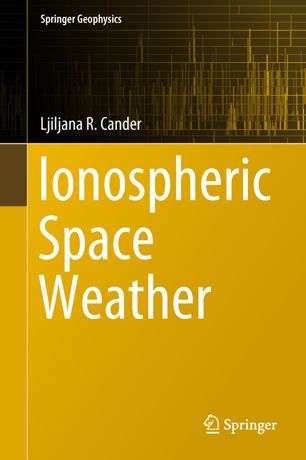

Most ebook files are in PDF format, so you can easily read them using various software such as Foxit Reader or directly on the Google Chrome browser.
Some ebook files are released by publishers in other formats such as .awz, .mobi, .epub, .fb2, etc. You may need to install specific software to read these formats on mobile/PC, such as Calibre.
Please read the tutorial at this link: https://ebookbell.com/faq
We offer FREE conversion to the popular formats you request; however, this may take some time. Therefore, right after payment, please email us, and we will try to provide the service as quickly as possible.
For some exceptional file formats or broken links (if any), please refrain from opening any disputes. Instead, email us first, and we will try to assist within a maximum of 6 hours.
EbookBell Team

5.0
58 reviewsThis book describes essential concepts of, and the status quo in, the field of ionospheric space weather. It explains why our society on planet Earth and moving outwards into space cannot work safely, function efficiently, or progress steadily without committed and comprehensive research initiatives addressing space weather. These initiatives must provide space environment specifications, warnings,and forecasts, all of which need to be timely, accurate and reliable.
Cause and effect models of the Earth’s ionosphere are discussed in terms of the spatial and temporal dimensions of background variability, storms, gradients, irregularities, and waves in both current and long-term research activities. Starting from dynamic processes on the Sun, in the interplanetary medium, and in the Earth’s magnetosphere, ionosphere, and atmosphere, the text focuses on the dominant features of the plasma medium under normal and extreme conditions over the European zone during the last few Solar Cycles.
One of the book’s most unique features is a series of fundamental examples that offer profound insights into ionospheric climate and weather. Various approaches for acquiring and disseminating the necessary data and forecasting analyses are discussed, and interesting analogies are observed between terrestrial and space weather – both of which could produce lasting social consequences, with not only academic but also concrete economic implications. The book’s primary goal is to foster the development of ionospheric space weather products and services that are capable of satisfying the ever-growing demand for space-based technology, and are ready for the society of the not-so-distant future.